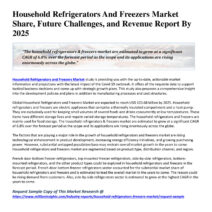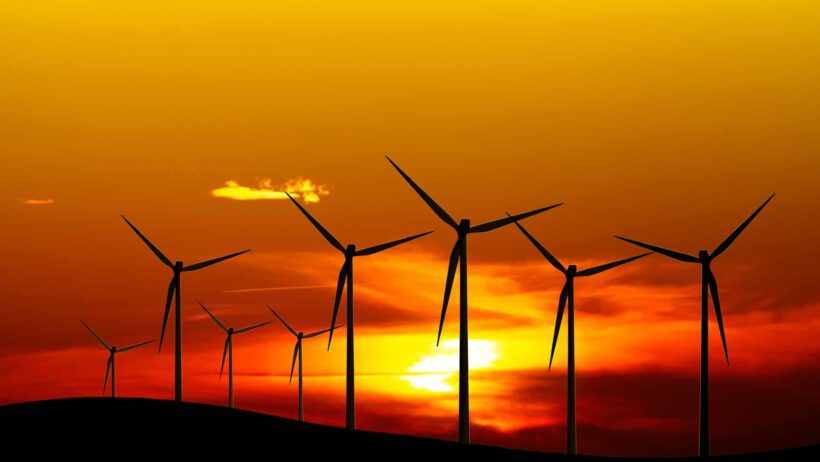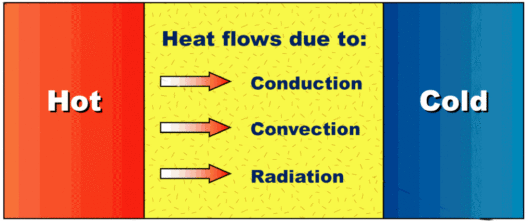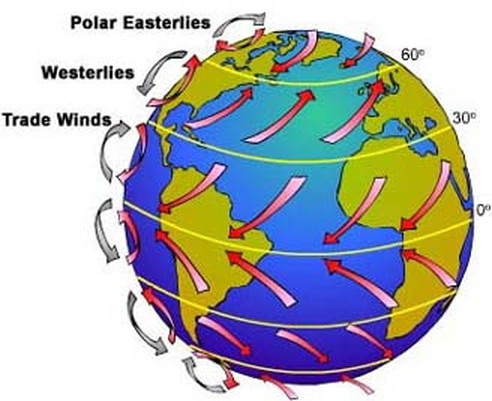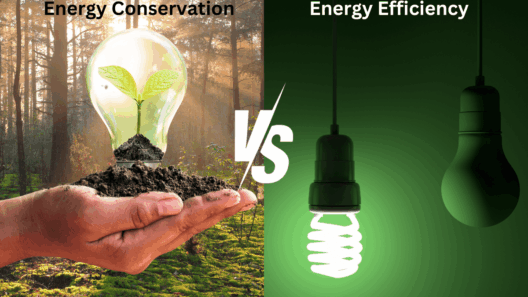The relentless march of progress often casts a long shadow on the environment. As humans grapple with the consequences of industrialization, the concept of energy conservation emerges as an imperative tool in the fight against ecological degradation. Energy conservation measures (ECMs) serve as strategic initiatives designed to curtail energy consumption and its accompanying environmental impact. While the pursuit of energy savings may seem daunting, numerous effective measures can be utilized to make significant strides in sustainability.
Imagine energy consumption as a flowing river—expansive and unstoppable. Without careful management, this river can flood its banks, causing devastation. By implementing energy conservation measures, we can construct dams and channels that guide this river wisely, ensuring that it nourishes rather than destroys.
One of the cornerstone strategies in energy conservation is the use of energy-efficient appliances. Traditional appliances, often relics of a bygone era, consume far more energy than their modern counterparts. Switch to appliances bearing the ENERGY STAR label—these products signify adherence to stringent energy efficiency standards. By investing in energy-efficient refrigerators, washing machines, and air conditioning units, households can reduce energy consumption by up to 30%. This not only diminishes utility bills but also reduces the overall demand on municipal power grids, leading to decreased carbon emissions.
Equally significant is the implementation of smart home technology. In an age where connectivity reigns supreme, integrating smart devices that harness artificial intelligence to monitor and manage energy usage emerges as a pivotal measure. Smart thermostats, for instance, learn the habits of the household, adjusting temperatures to maximize comfort while minimizing wastage. They can be programmed to lower energy usage during peak hours or when the home is unoccupied. This measure transforms a passive energy consumer into an active participant in energy management, akin to a ship captain navigating toward sustainable shores.
Another compelling technique is insulation improvements. A well-insulated home functions like a thermos—trapping heat in the winter and keeping it cool in the summer. Unfettered air leaks through windows, doors, and ducts can lead to exorbitant energy losses. By weatherproofing and enhancing insulation, homes can drastically reduce their heating and cooling demands. This simple measure not only conserves energy but also enhances residents’ comfort levels, creating a sanctuary from the extremes of weather.
Incorporating renewable energy sources is another vital component of energy conservation. Harnessing the sun through solar panels, or utilizing wind energy through turbines, allows individuals and communities to generate their energy. Although the initial investment may appear significant, the long-term benefits far outweigh the costs. Imagine a future where homes are powered by the wind and the sun, reducing reliance on finite fossil fuels; this is not merely a dream but a tangible reality within reach.
Moreover, behavioral changes in energy usage are equally influential. Cultivating a culture of conservation within homes and communities can manifest substantial energy savings. Simple actions—such as turning off lights when exiting a room, unplugging devices not in use, or advocating for shorter showers—can collectively yield impressive results. Instituting energy awareness campaigns or community challenges can foster a spirit of cooperation and accountability, transforming individual actions into a collective movement.
Many households overlook the impact of landscaping on energy conservation. Strategic planting of trees and shrubs can significantly influence a home’s energy efficiency. For example, deciduous trees, when positioned strategically, can provide shade during the summer, reducing the reliance on air conditioning. Similarly, evergreens can act as windbreaks, lessening heating needs during frigid months. This harmonious integration of nature and infrastructure exemplifies the symbiotic relationship between our living environments and their energy demands.
Furthermore, the adoption of efficient lighting solutions cannot be overstated. Traditional incandescent bulbs are notoriously energy-hungry, whereas LED and CFL bulbs offer a striking reduction in energy usage while emitting identical brightness. LEDs, for instance, use up to 80% less energy and have an astounding lifespan, often exceeding 25,000 hours. By simply swapping out old bulbs for energy-efficient alternatives, households can reap significant savings, illuminating their spaces sustainably.
Moreover, leveraging Public Policy and Incentives can serve to catalyze change at larger scales. Government programs aimed at providing incentives for energy efficiency retrofits or renewable energy installations can substantially influence consumer behavior. These policies can range from tax rebates for energy-efficient home improvements to grants supporting community solar projects. By creating an ecosystem that promotes conservation, society can engage in a collective effort to weave energy efficiency into the very fabric of our daily lives.
The journey toward energy conservation is akin to cultivating a garden. It requires patience, commitment, and a willingness to adapt. Each measure—be it a simple act of turning off a light or a substantial investment in renewable infrastructure—serves as a seed that can blossom into a more sustainable future.
In conclusion, the necessity of energy conservation cannot be overstated. The measures outlined are not merely recommendations; they represent a clarion call to action, inviting individuals and communities alike to take part in the stewardship of the planet. As we learn to navigate the currents of energy usage, let us remember that every small step towards energy efficiency contributes to the larger goal of sustainability. This endeavor is not solely about saving energy but rather preserving our planet for generations to come, ensuring that the river of progress flows forward without inundating the landscapes that sustain us.
